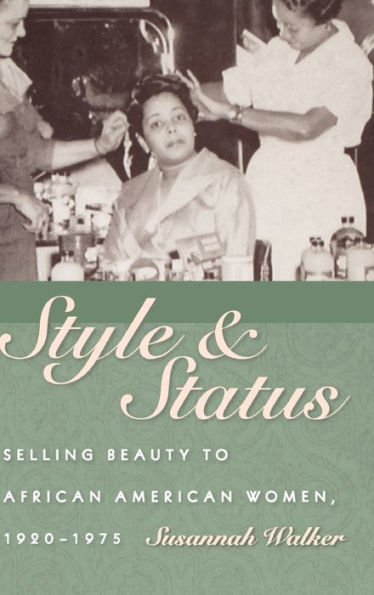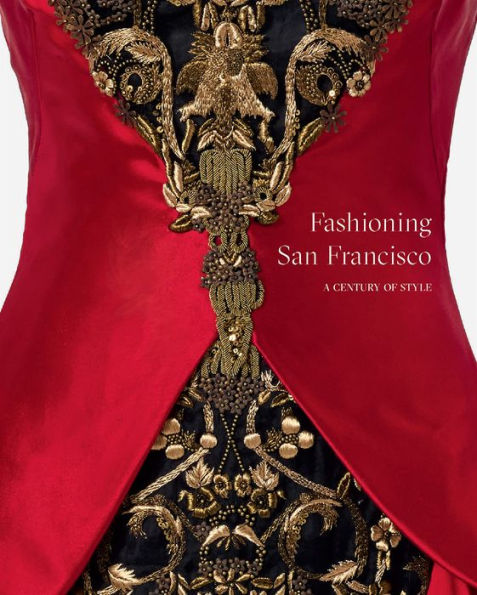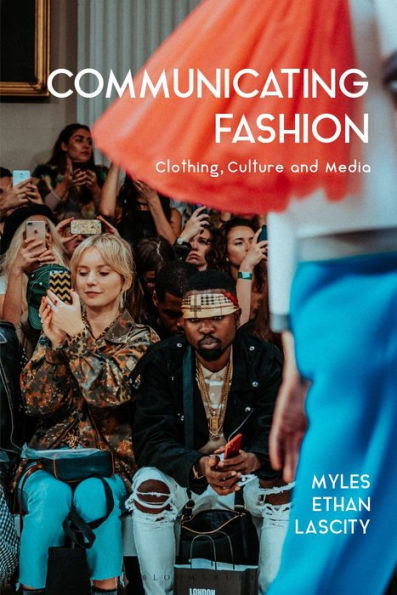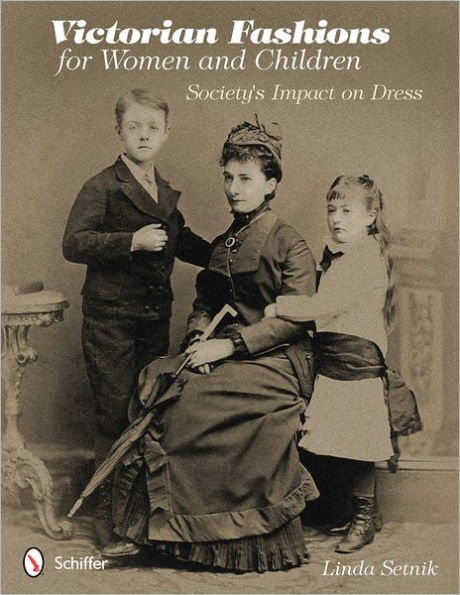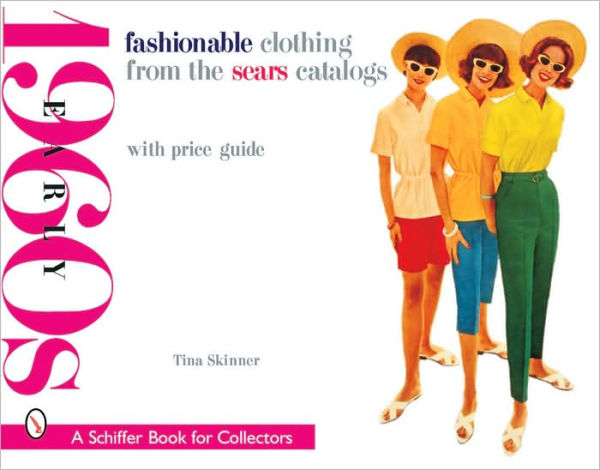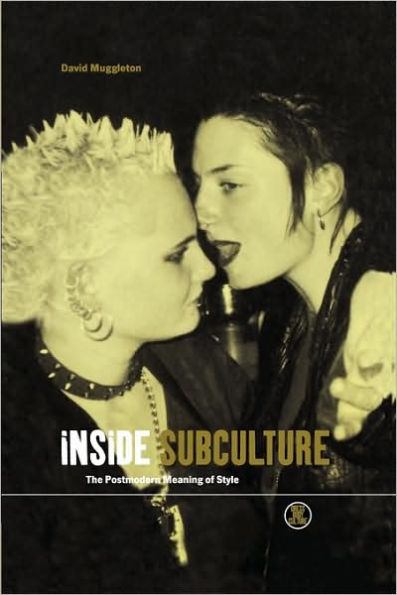Home
Selling Style: Clothing and Social Change at the Turn of the Century
Loading Inventory...
Barnes and Noble
Selling Style: Clothing and Social Change at the Turn of the Century
Current price: $64.95


Barnes and Noble
Selling Style: Clothing and Social Change at the Turn of the Century
Current price: $64.95
Loading Inventory...
Size: OS
*Product Information may vary - to confirm product availability, pricing, and additional information please contact Barnes and Noble
As the turn of the twentieth century approached, clothing and fashion reflected Americans' concerns with the rapidly changing social and cultural landscape. Clothing helped define social status, relationships between men and women, and ideals of American citizenship. The heightened importance of mass media, especially advertising, during this period set in motion changes in many industries, but most notably in fashion. In
, Rob Schorman documents the fascinating and important relationship among clothing, gender roles, and cultural expectations at a significant moment in American history.
Men were the first to adopt ready-made clothing en masse, and during this period most wore factory-made suits that were produced in large quantities. In contrast, the acceptance of ready-made apparel in women's fashion lagged far behind, and much clothing for women continued to be custom-made for the individual. Changes in production techniques and consumer markets in part shaped this development in the clothing industry, but according to Schorman the root cause of the schism between men's and women's apparel was culturally driven.
By examining changing styles and attitudes toward fashion as expressed in advertisements, popular magazines, mail-order catalogs, and etiquette books,
reveals that wider social dynamics and gender roles had a much more significant influence on the clothing industry than historians have found. The book also depicts the advance of consumerism as more piecemeal and conflicted than previous histories imply, with cultural values continually made and remade through everyday acts of consumption, and in the process providing the groundwork for twentieth-century approaches to gender, selfhood, and national identity.
